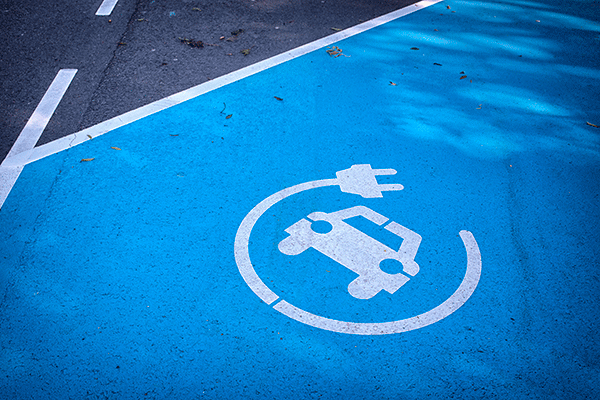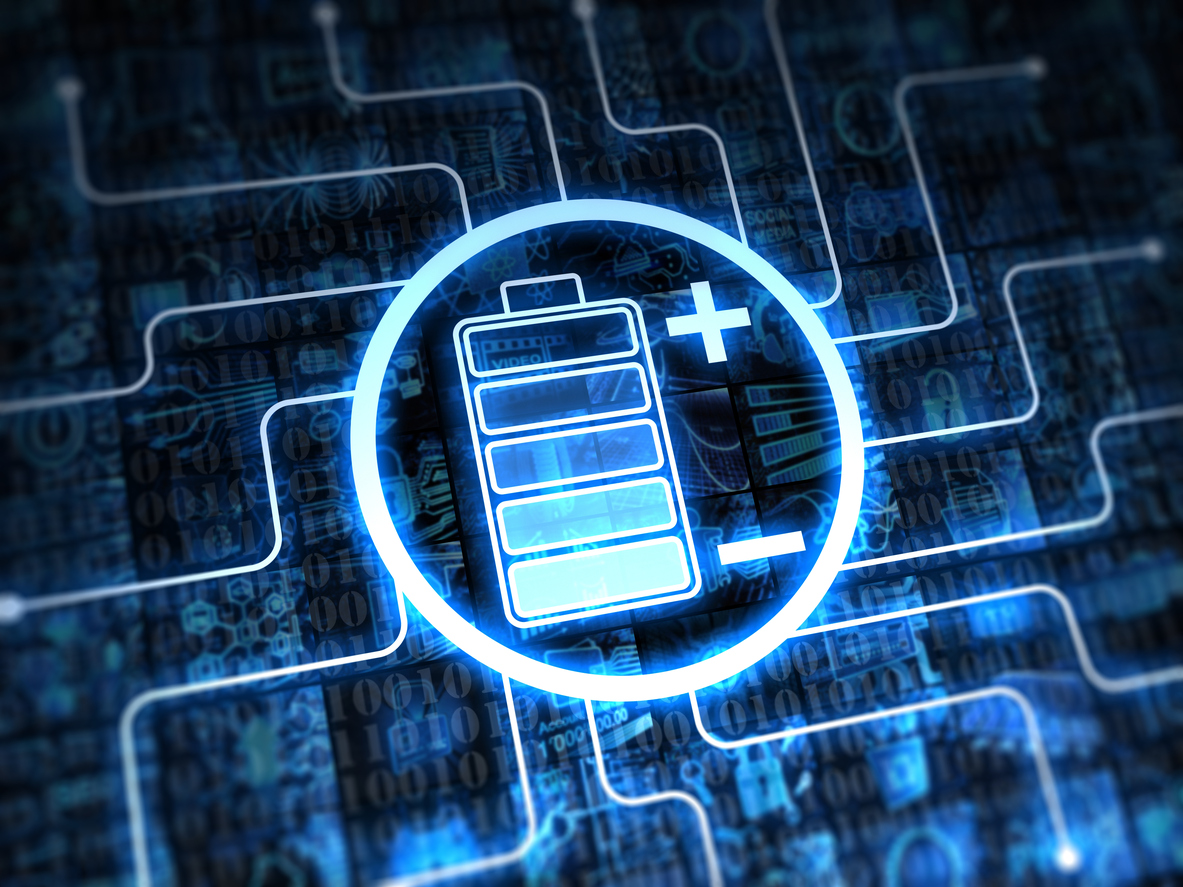By: Joshua M. Pearce, Michigan Technological University
 Within the next month, energy watchers expect the Federal Energy Regulatory Commission to act on an order from Energy Secretary Rick Perry that would create new pricing rules for certain power plants that can store fuel on site to support grid resilience. This initiative seeks to protect coal-fired and nuclear power plants that are struggling to compete with cheaper energy sources.
Within the next month, energy watchers expect the Federal Energy Regulatory Commission to act on an order from Energy Secretary Rick Perry that would create new pricing rules for certain power plants that can store fuel on site to support grid resilience. This initiative seeks to protect coal-fired and nuclear power plants that are struggling to compete with cheaper energy sources.
Perry’s proposed rule applies to plants that operate in regions with deregulated power markets, where utilities normally compete to deliver electricity at the lowest price. To qualify, plants would have to keep a 90-day fuel supply on site. Each qualified plant would be allowed to “recover its fully allocated costs.”
In other words, plant owners would be able to charge enough to cover a range of costs, including operating costs, costs of capital and debt, and investor returns. Federal Energy Regulatory Commission Chair Neil Chatterjee has stated that the extra money to keep coal and nuclear plants running “would come from customers in that region, who need the reliability.”


 As sustainable technologies continue to expand into the marketplace, the demand for better batteries rises. Many researchers in the field are looking toward all-solid-state batteries as a promising venture, citing safety and energy density properties. Now, one company is looking to take that work from the lab to the marketplace.
As sustainable technologies continue to expand into the marketplace, the demand for better batteries rises. Many researchers in the field are looking toward all-solid-state batteries as a promising venture, citing safety and energy density properties. Now, one company is looking to take that work from the lab to the marketplace. After remaining steady for three years, global fossil fuel emissions are rising again and may increase again next year. But improved energy efficiency and a booming renewables market may offer a bit of a silver lining.
After remaining steady for three years, global fossil fuel emissions are rising again and may increase again next year. But improved energy efficiency and a booming renewables market may offer a bit of a silver lining. Engineers have developed a 4-in-1 smart utilities plant that produces electricity, water, air-conditioning, and heat in an environmentally friendly and cost-effective way.
Engineers have developed a 4-in-1 smart utilities plant that produces electricity, water, air-conditioning, and heat in an environmentally friendly and cost-effective way. Capitalizing on tiny defects can improve electrodes for lithium-ion batteries, new research suggests.
Capitalizing on tiny defects can improve electrodes for lithium-ion batteries, new research suggests.